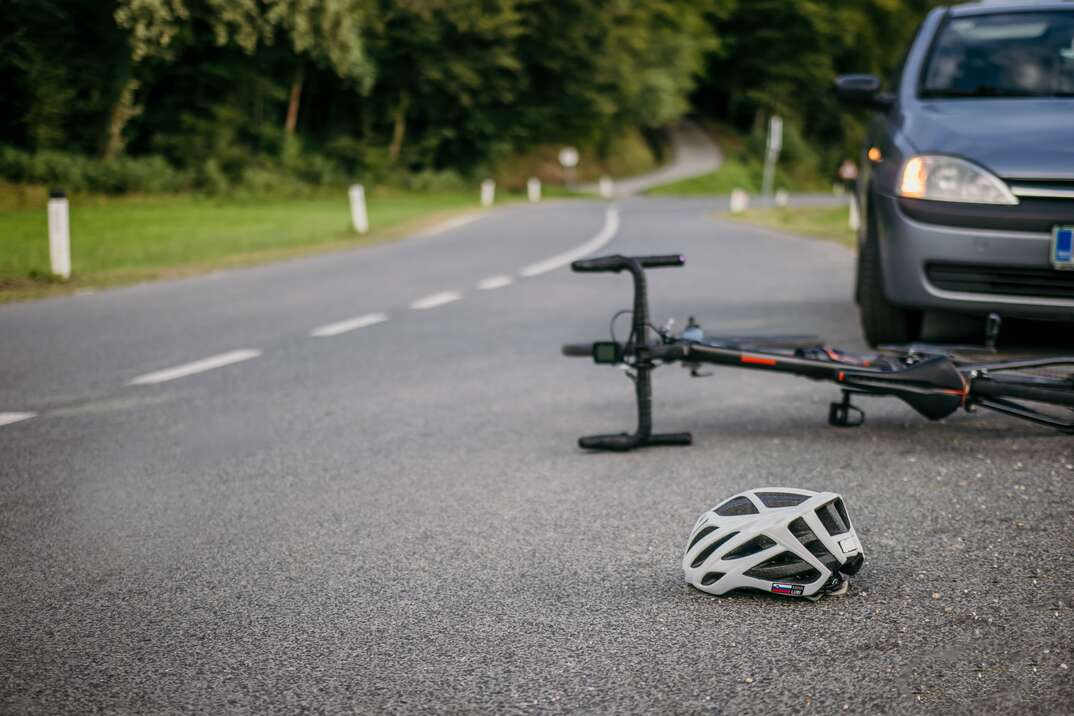- AppliancesElectriciansHVACLandscapingLocksmithPest ControlPlumbingRenovationRoofingT V RepairAll Home Improvement
- Car AccidentClass ActionCorporate LawCriminal DefenseDivorce LawEmployment LawFamily LawFinancial LawLegal AidMedical Injury LawyersMedical MalpracticeReal Estate LawWater Fire RestorationAll Legal
- InvestmentRetirementAll Finance
- Animal InsuranceAutoGeneral InsuranceHealth PolicyHome RentersAll Insurance
- DentalHealth SpecialistsAll Medical
- Animal CareVeterinaryAll Pets
- Auto GlassTowingAll Automotive
What Is a Miss and Run?

If you've ever been in a hit and run — a situation where someone hits your vehicle and flees the scene without stopping to exchange insurance information and wait for the police — you know how frustrating it can be. Maybe the cops will track down the offender, but maybe you'll end up with the blame on your shoulders and higher insurance premiums.
Miss-and-run accidents are less common than hit-and-run accidents, but they can be equally hazardous and even harder to take action against. Here's everything you need to know about miss-and-run accidents and what to do if it happens to you.
A miss-and-run accident is a situation in which one driver is responsible for an accident of one or more other drivers, without any crash occurring between the responsible driver and any other vehicle.
These actions are especially insidious, as they tend to come and go in the blink of an eye. One car swerves, another crashes and the first car drives away. Perhaps they ignored it or truly didn't see it, leaving devastation for some drivers and no repercussions for the instigating party. Miss-and-run accidents are also referred to as phantom driver car accidents, as another driver was involved but they suffered no damages and drove away as if nothing happened.
What Are Common Causes of Miss-and-Run Accidents?
Reckless driving maneuvers are the most common cause of miss-and-run accidents. These reckless driving maneuvers can include:
- Speeding
- Cutting other drivers off
- Driving while drunk
- Distracted driving
If the people around you are texting while driving, driving drowsy or facing unsafe road conditions, a miss-and-run accident could occur.
Say, for example, you're driving on the highway, and someone speeding cuts you off. You brake hard and swerve, and they drive away without a care in the world, but you hit the median, smashing the front of your car and triggering the airbag. Since the driver who cut you off kept on going, you're left stranded as a solo victim with no one to charge and no recourse. This is the most common type of miss-and-run case.
The most defensive driving in the world can't prevent all miss-and-runs. So, if you want to make the most of a phantom car accident, you need to know how to protect yourself in the worst-case scenarios.
More Related Articles:
- When Do You Need a Lawyer? Determine If You Need to Hire an Attorney
- What Is a Class-Action Lawsuit?
- What Is a Misdemeanor?
- What to Do After a Car Accident
- What Is Power of Attorney?
Being the victim of a miss-and-run accident can be particularly frightening, as there's little immediate recourse available. Your car might be smashed and you might be injured, but there's no one around to help you make sense of what happened. This is stressful, but it doesn't mean there's no path forward.
If you're in a miss and run, do everything you can to document what happened. Take notes on the make and model of the car and any license plate details you may have noticed. If you have a dash cam, be prepared to provide footage. Note any police cameras in the area, as well as who might have home security cameras. Many cameras overwrite footage quickly, so the sooner you can attempt to get access, the better.
To seek recourse, follow these steps:
1. Always file a police report within 72 hours of the incident.
2. Make sure any passersby who stopped to help can provide a corroborating story.
3. Make a sworn statement with your insurance company within the month to testify that what happened wasn't your fault.
An attorney can help with all these steps, helping to shift the blame off you, even if there isn't an associated third party. While this may mean your insurance company has to cover the full cost of repairs, it's unlikely they'll raise your rates in response, as the situation wasn't your fault.
Miss and runs are very stressful accidents, but that doesn't mean you need to shoulder the costs and insurance ramifications. If you have the information necessary to file a police report, take the time to provide the details you know so you can try to get the assistance needed.
Elocal Editorial Content is for educational and entertainment purposes only. The information provided on this site is not legal advice, and no attorney-client or confidential relationship is formed by use of the Editorial Content. We are not a law firm or a substitute for an attorney or law firm. We cannot provide advice, explanation, opinion, or recommendation about possible legal rights, remedies, defenses, options or strategies. The opinions, beliefs and viewpoints expressed by the eLocal Editorial Team and other third-party content providers do not necessarily reflect the opinions, beliefs and viewpoints of eLocal or its affiliate companies. Use of the Blog is subject to the
Website Terms and Conditions.The eLocal Editorial Team operates independently of eLocal USA's marketing and sales decisions.



